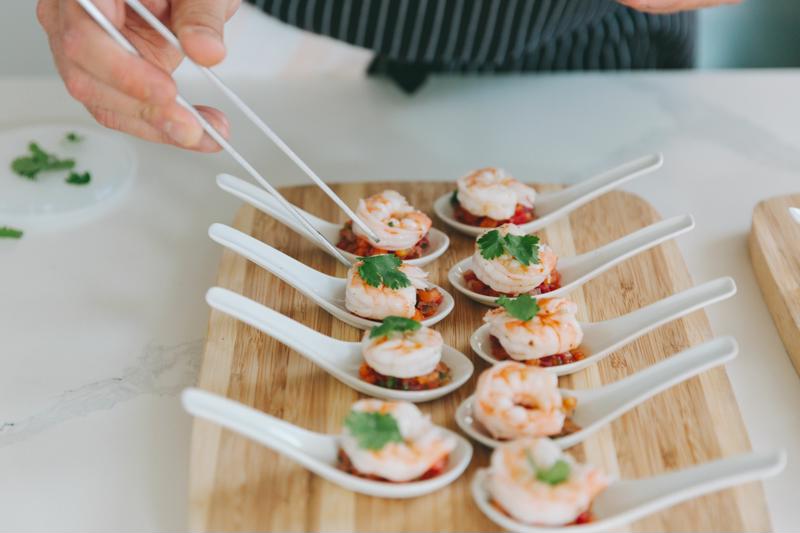One of the most important aspects of a great restaurant experience has nothing to do with how food tastes, and very little to do with cooking and other practical considerations. Food that is plated and presented well is more attractive to customers and distinguishes a meal out from breakfasts, lunches and dinners at home. Presentation and plating can also draw attention to specific ingredients of a dish, whether for an aesthetic or practical reason.
For Boulder culinary school students and those considering a career as a chef, a strong grasp of plating and presentation techniques is vital for continued professional development. These skills help culinary professionals stand out as they train, stage and begin to work in a variety of environments.

The power of food presentation and plating
In the most technical sense, a great meal doesn't have to look good. Consider some top dishes you've made for yourself at home, where plating simply wasn't a consideration. However, it instantly creates a sense of professionalism in the mind of eaters and offers an exciting element of a meal that many can't recreate with the same skill in their own cooking efforts. Strong presentation can also make dishes more apt to be photographed and shared via social media. While there are definitely pros and cons around the prevalence of pre-meal photos shared on sites like Instagram, it can be an effective way to generate attention and sales for many restaurants.
How can you make sure you plate effectively and provide the best possible presentation to customers? There are many different considerations, from how to incorporate sauces and garnishes to the knife skills needed for flourishes like a vegetable rosette, but the plate you use is undeniably foundational.
European private chef service La Belle Assiette pointed out that this key element has a major impact on the visual appeal of a dish. Important considerations to make in this context include the color, size and pattern or texture of the plate. Bright colors work well against a dark background, while more neutral or subdued colors can use a white background to create some visual excitement. Patterns and textures shouldn't upstage the dish, which is the star in this situation. Of course, you have to balance practical and artistic considerations – food should never be difficult to eat nor excessively messy because of the vessel it's served on or in.
Beyond plates and bowls, the arrangement of foods is key. There should be a star item, one that takes top billing and is also likely the largest portion on the plate. KitchenAid pointed out that this approach avoids visual competition and instead allows the sides to support the main dish, be it a protein or something else entirely. It's also important to think in three dimensions, as the height of food on a plate can also entice diners. Stacking items for a layered look can be visually appealing and make the meal appear more substantial than it would scattered across the plate.
It may be especially helpful to look at the plating and presentation process as generally following a series of steps. This starts with choosing a plate, then deciding how the main dish and core sides are arranged or layered. From there, it's common to move onto sauces to create visual contrast and shapes that aren't easily rendered with more solid food. Finally, the garnish provides a finishing touch.
Of course, there's plenty more to learn about plating and presenting, from food textures to a variety of other aspects. To learn more about plating, presentation, cooking and so much more, check out our culinary arts program or get in touch with us today!

